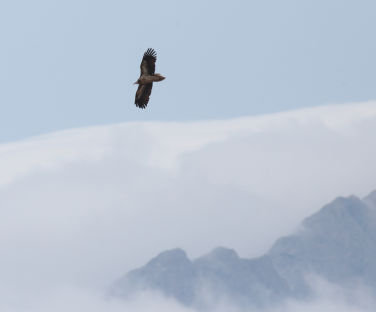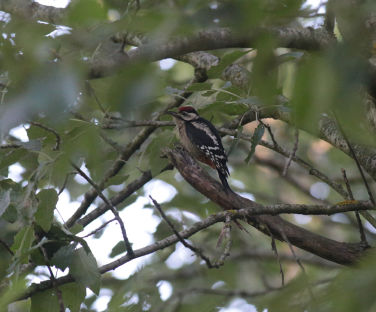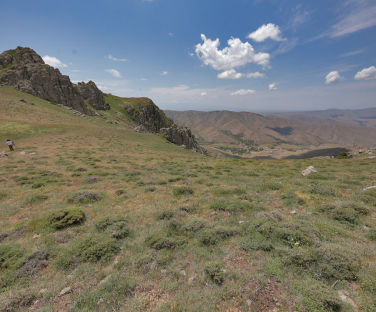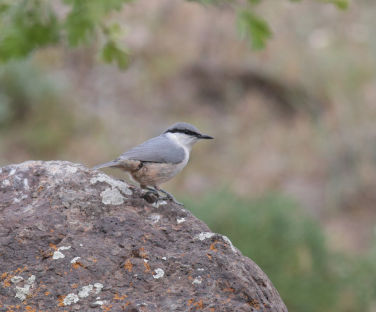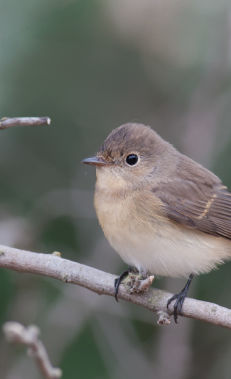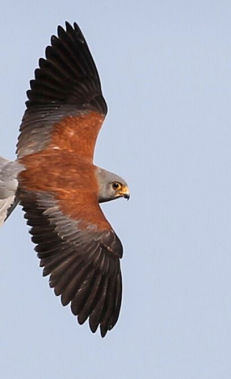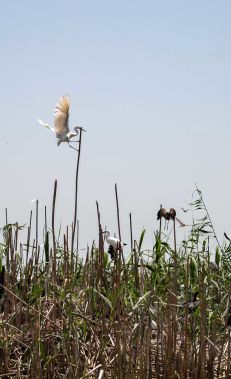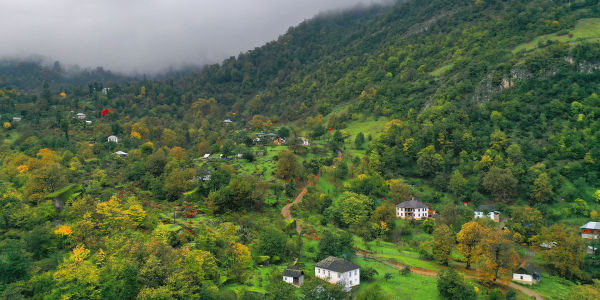birdwatchingin the Talish Mountains
There are several birdwatching sites home to exclusive bird species in the Talish Mountains which span large parts of Azerbaijan’s south-eastern corridor and straddle the border with Iran. Lower down, the climate is subtropical, and much of the region is covered by the Hirkan Forest, a sanctuary of international importance. Here, relict flora from the tertiary period thrives, with endemic tree species standing tall among winding creeks, cascading rivers, and serene waterfalls, all protected within the confines of Hirkan National Park. These birds are most often found near the beloved restaurant Tabassum, nestled along the road from Lankaran city to the hilltop town of Lerik. The bee-eater can be observed in the forest area near the village of Mestail in Lerik. Up there, in the hillside bushland and forest near the treeline, is the only place in Europe inhabited by the elusive Caspian Tit, which was only rediscovered by a British birder in 2017 having not been seen for decades. Similarly, the Shikra, another specialty to the region similar to a Eurasian Sparrowhawk, was spotted in 2008 for the first time since 1968, though today birdwatching groups have an excellent chance of seeing them in the lush roadside parks and gardens in Masalli.
Beyond Lerik, a delightful country road passes through lush meadows and a dramatic canyon before entering an expanse of semi-arid highland scattered with thorny bushes and small oases of luxuriant forest.
Here, in the Zuvand highlands, you may encounter species otherwise limited to the exclave of Nakhchivan like White-throated Robin, Bimaculated Lark, Pale Rock Sparrow and Crimson-winged Finch.
Target species:
Black-throated Thrush (Turdus atrogularis)
Caspian Tit (Poecile hyrcanus)
Shikra (Accipiter badius)
Semi-collared Flycatcher (Ficedula semitorquata)
White-throated Robin (Irania gutturalis)
Radde’s Accentor (Prunella ocularis)
Asian Crimson-winged Finch (Rhodopechys sanguinea)
Pale Rock Sparrow (Carpospiza brachydactyla)
Trumpeter Finch (Bucanetes githagineus)
Gray-necked Bunting (Emberiza buchanani)
Golden Eagle (Aquila chrysaetos)
Bimaculated Lark (Melanocorypha bimaculata)
Eastern Black-eared Wheatear (Oenanthe melanoleuca)
Rock Bunting (Emberiza cia)
When to visit:
The Shikras seem to arrive in late April so the best time to spot them is May and June. That is a good time also for songbirds like flycatchers and warblers and visiting the Zuvand highland. Black-throated Thrush and spectacular snow-powdered scenery can be seen from mid-November until early March. The Caspian Tit seems to be present all year but is best seen in spring and late autumn.
Where to stay:
The cottages at the “Cenub” Tourism & Holiday Centre located in the Lerik region offer comfortable sleeping arrangements and local cuisine samples for tourists coming for birdwatching. The distance from Mastali village in Lerik to this place is less than 10 km. Although a bit farther away, the Riva Hill Resort Hotel and Basharu Family Recreation Center, located along the Lankaran-Lerik road, also provide a good environment for an enjoyable stay. Hotels located in Masalli can also be an option for birdwatchers visiting the region.






